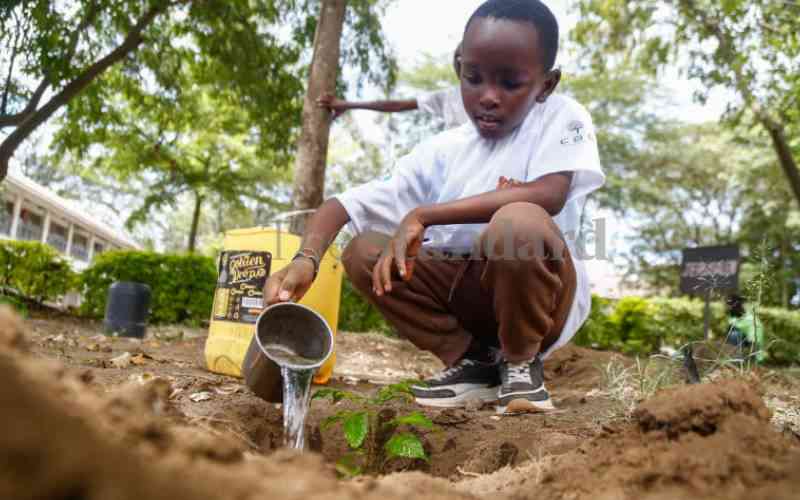
As I reminisce about my childhood, one vivid memory stands out - the enchanting world of trees. Trees weren't just towering giants or lush canopies; they were living symbols of life, resilience and nature's wisdom.
They were where we played, dreamed and simply observed the world around us. Yet, in our pursuit of modernisation, we gradually lose indigenous and traditional knowledge associated with trees and their significance. This erosion contributes to the growing disconnect between today's children and the intrinsic values of nature.